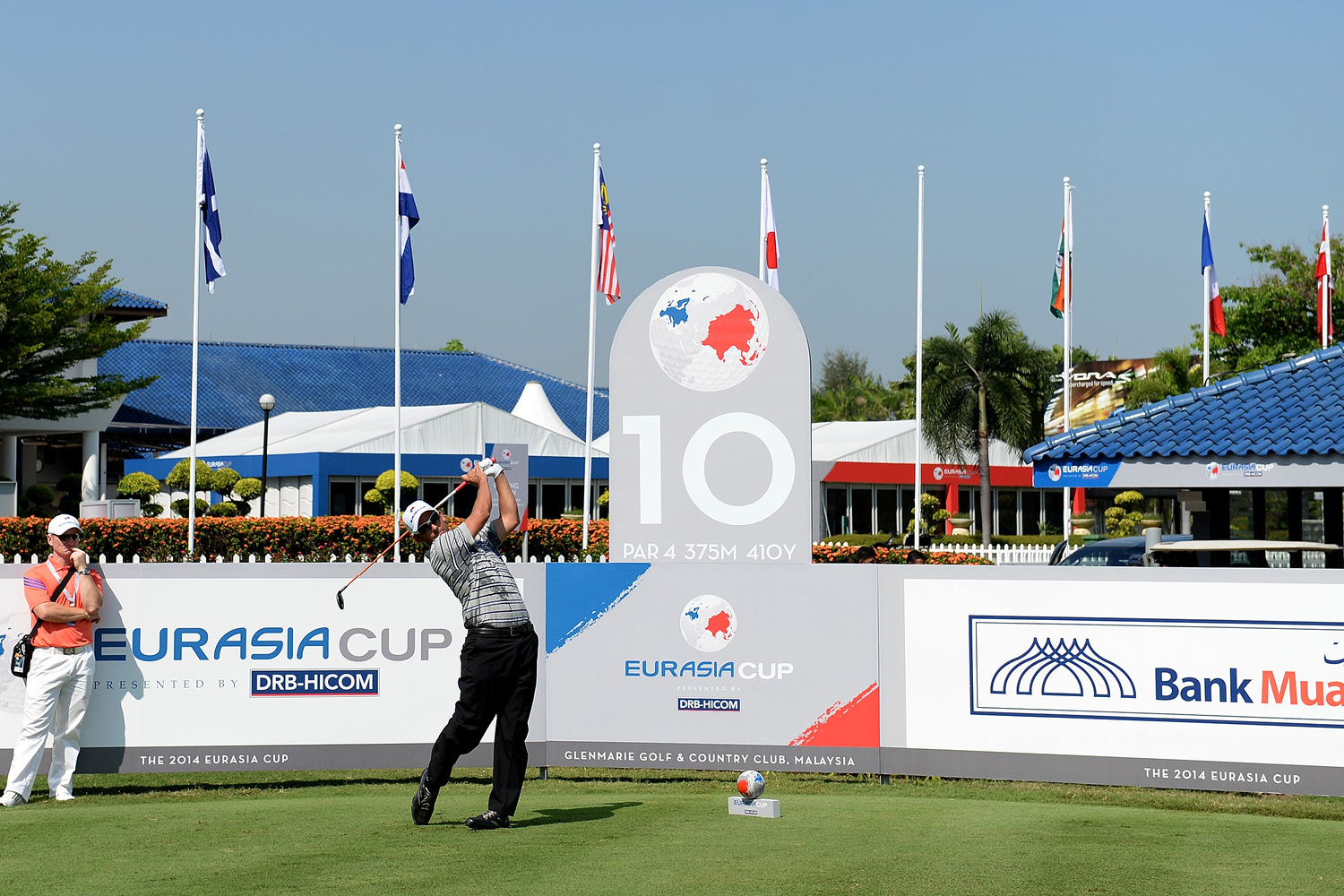The format and structure of the Eurasia Cup are essential components that contribute to the excitement of the event. Understanding how the tournament operates provides insight into the strategies employed by players and captains alike.
Match Play Format
At the heart of the Eurasia Cup lies its match play format, which distinguishes it from traditional stroke play tournaments. In match play, two teams of twelve players compete head-to-head in one-on-one matches, with each match contributing to the overall team score.
This format emphasizes individual performance while simultaneously fostering teamwork, as each player is acutely aware that their success directly impacts their teammates. Players not only need to focus on their own game but also analyze their opponent’s strengths and weaknesses, making strategic decisions that could affect the final outcome 88clb ly120.
Moreover, the match play format encourages a unique perspective on competition. Unlike stroke play, where cumulative scores determine the winner, match play hinges on winning individual holes. This creates an exhilarating atmosphere, as players engage in tactical battles and emotions run high with every swing of the club.
Points System
Another critical aspect of the Eurasia Cup is its points system, which adds an additional layer of complexity to the tournament. Each match is worth a point, and the team with the most points at the end of the competition is declared the winner.
However, there are specific nuances to the points system that can significantly influence strategy. For instance, if a match ends in a tie, each team receives half a point. This dynamic encourages players to push themselves in tight situations, as every point earned is vital for their team’s success.
Additionally, the competition is structured over three days, featuring a series of matches that test the players’ skills and resolve. The first day typically involves foursome matches, where players alternate shots with their partners. The second day comprises four-ball matches, allowing players to play their own ball while competing against their opponents. Finally, the last day usually features singles matches, culminating in an intense showdown where individual performances can sway the course of the tournament.
Captaincy and Team Dynamics
The role of team captains is crucial in the Eurasia Cup, as they are responsible for selecting players, formulating strategies, and motivating their teams. Each captain brings their unique leadership style and experience, which can significantly influence the team’s performance throughout the tournament.
Captains must balance their selections carefully, considering factors such as player form, compatibility with partners, and even psychological dynamics. A strong leader can elevate their team’s morale, fostering a sense of unity that translates into better performance on the course.
Moreover, the interaction between players and captains can lead to memorable moments both on and off the course. Captains often share personal anecdotes and experiences, helping to inspire and motivate their players during challenging moments. These relationships contribute to the overall atmosphere of the Eurasia Cup, emphasizing the importance of teamwork and support in achieving success.




